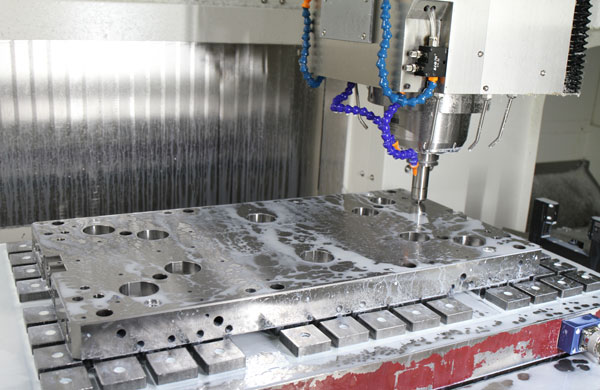Indentations, a common defect in mold workpieces during CNC milling, particularly occur in brass, bronze, aluminum alloy, or steel materials, mainly appearing in clamped areas.
Cause Analysis
The formation of indentations is primarily due to excessive clamping force. With manual tools, adjusting the clamping force by tightening screws on fixtures and holders with a wrench is straightforward. However, in most CNC machines, pneumatic or hydraulic cylinders are used to maintain a constant clamping force, which is often greater than manual clamping and more likely to cause indentations.

Solution Exploration
A simple yet effective solution to indentations caused by pneumatic and hydraulic clamping is to place an intermediate steel plate between the workpiece and the fixture. This plate evenly distributes the pressure on the workpiece and increases the contact area, preventing deformation. Even if the clamping force remains high, indentations will only occur on the plate, not the mold workpiece.
Additionally, consider purchasing softer special chucks and clamps. These chucks and clamps, even if deformed under significant clamping force, will not damage the mold workpiece, further reducing the risk of indentations.